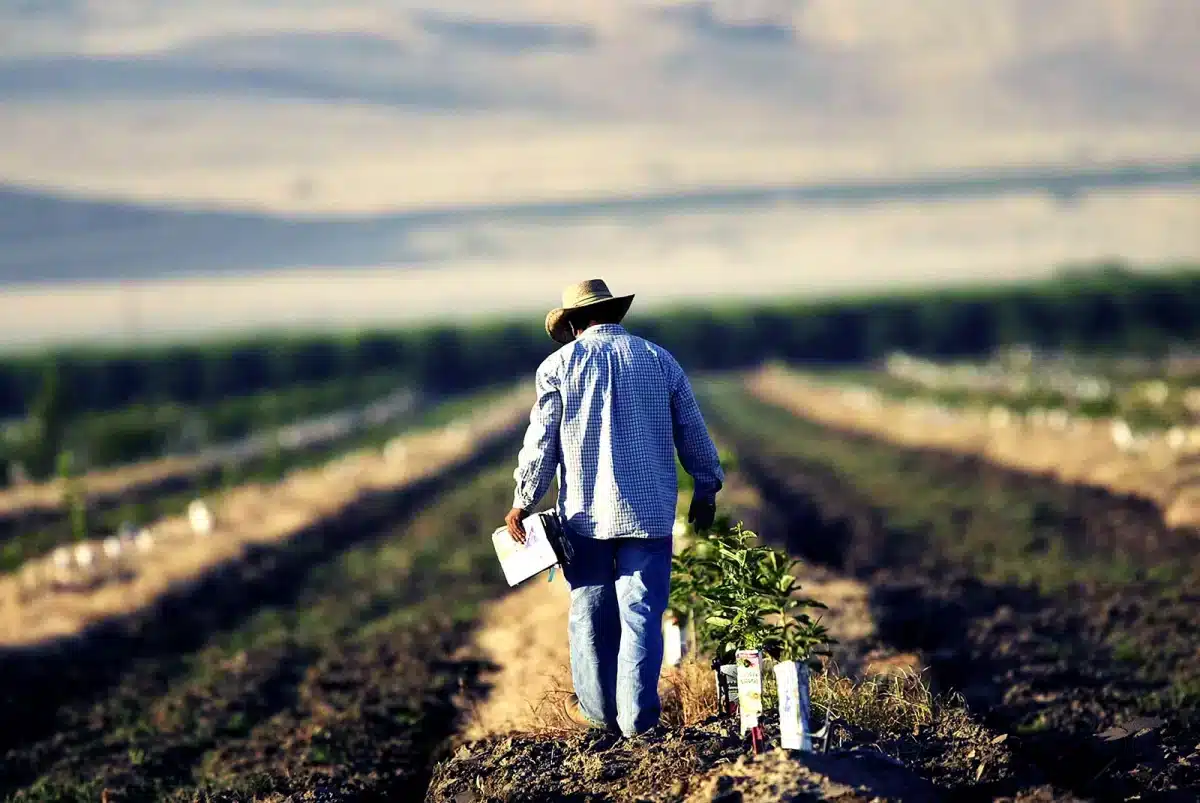For many people, the term ‘regenerative farming’ conjures up thoughts of soil health practices and different ways of working the land for a better and more sustainable yield. However, regenerative agriculture for livestock may also provide opportunities for animals and livestock farmers to benefit from the same strategies that improve soil fertility and productivity.
The benefits of regenerative farming for livestock
The basic premise of regenerative agriculture is using farming and grazing practices that focus on reversing climate change by rebuilding soil organic matter and restoring degraded soil biodiversity. This results in carbon sequestration, an improved water cycle, positive environmental impacts, and better overall plant and animal health.
Livestock farmers in South Africa are currently facing a number of challenges, including the effects of climate change. There is now sufficient scientific evidence that global warming and climate change have altered Southern Africa’s production base of livestock farming. On top of this, livestock producers in South Africa are also grappling with the degradation of natural resources due to decades of incorrect veld and grazing management.
With these challenges in mind, here are some examples of regenerative agriculture practices that benefit livestock farmers:
Transformative trees
Incorporating different trees and crops lead to improved soil health by providing ‘ecosystem services’ such as flood mitigation, drought resistance and tap root depth. But using these crops in grazing systems can also be directly advantageous to livestock.
For example:
- Chicory has been shown to prevent worms in grazing sheep
- Some trees contain trace elements that have anti-inflammatory and other beneficial properties
- Trees offer shelter and protection from rain and the sun
Grass-fed means better fed
In the regenerative model, planned livestock grazing helps to build soil health when livestock subsists on perennial and annual forages. Grass-fed livestock produces higher-quality meat for humans, and eating this way provides a healthier diet for the animals too.
It’s not necessarily harmful to occasionally feed livestock such as cattle small quantities of grain. However, when they are fed large quantities of grain, they can suffer from severe diet and digestion-related problems such as feedlot bloat. This occurs when the diet contains too much starch and too little roughage.
A healthier environment for a healthier herd
Being able to graze from pasture to pasture is a more natural way of raising livestock, helping them become healthier and more resistant to disease. It also reduces the amount of antibiotic inputs required. In contrast, animals kept in feedlots are susceptible to infections, digestion problems and respiratory problems. The response to these problems is to give the animals more medication, rather than changing the production system that is making them sick.
What is regenerative livestock farming?
Regenerative agriculture refers to the practice of raising livestock and crops in a way that maximises soil health and sequesters carbon. Regenerative farming methods include:
- Cover crops
- No-till
- Crop rotation
- Using fewer synthetic chemicals
- Incorporating rotational livestock grazing
For livestock farmers, the focus is generally on rotational grazing. This means moving animals between fields frequently with structured time between grazings for plant recovery. Rotational grazing is intended to mimic the way that herds of animals would naturally move from one area to another in the wild. As they graze, they trample manure and plant matter into the ground. This matter breaks down and enriches the soil’s network of microbial life, resulting in better plant growth, water retention and general soil health.
What is the importance of livestock for regenerative farming?
Identifying and utilising animals as part of the larger regenerative farming system can have a powerful impact on food production and general land management. Here’s why:
Natural fertiliser
As animals strategically graze through different areas of the farm, they leave behind manure as a natural fertiliser. This means that farmers add another layer of fertility alongside their crop rotation plans and cropping systems, rather than importing fertiliser from outside sources.
Pest control
Allowing fowl to forage and scratch through fields helps to combat pests. The birds eat their way through larvae, worms and maggots that could attack your crops. Another benefit is that the flock has natural protein added to their diet.
Residue removal
Livestock can be used as a ‘clean-up crew’ to manage damaged crops and residue in fields. They can forage residual cover crop material or eat left-behind vegetable crops that are not fit for human consumption.
Restoration and regeneration
Habitat restoration through systematic grazing is a long-term solution using cattle, goats and sheep to eliminate invasive species over time.
So, livestock can help with regenerative farming, and regenerative farming benefits livestock. What’s not to like?
Have you started on your regenerative farming journey? Contact Zylem on 033 347 2893 or send your enquiry to [email protected] for more information on our regenerative farming solutions.

About the Author: Alex Platt
Alex is Business Development Manager at Zylem. He’s inspired by the potential of regenerative farming and takes a special interest in the technology and products that are moving agriculture in a more sustainable direction.

